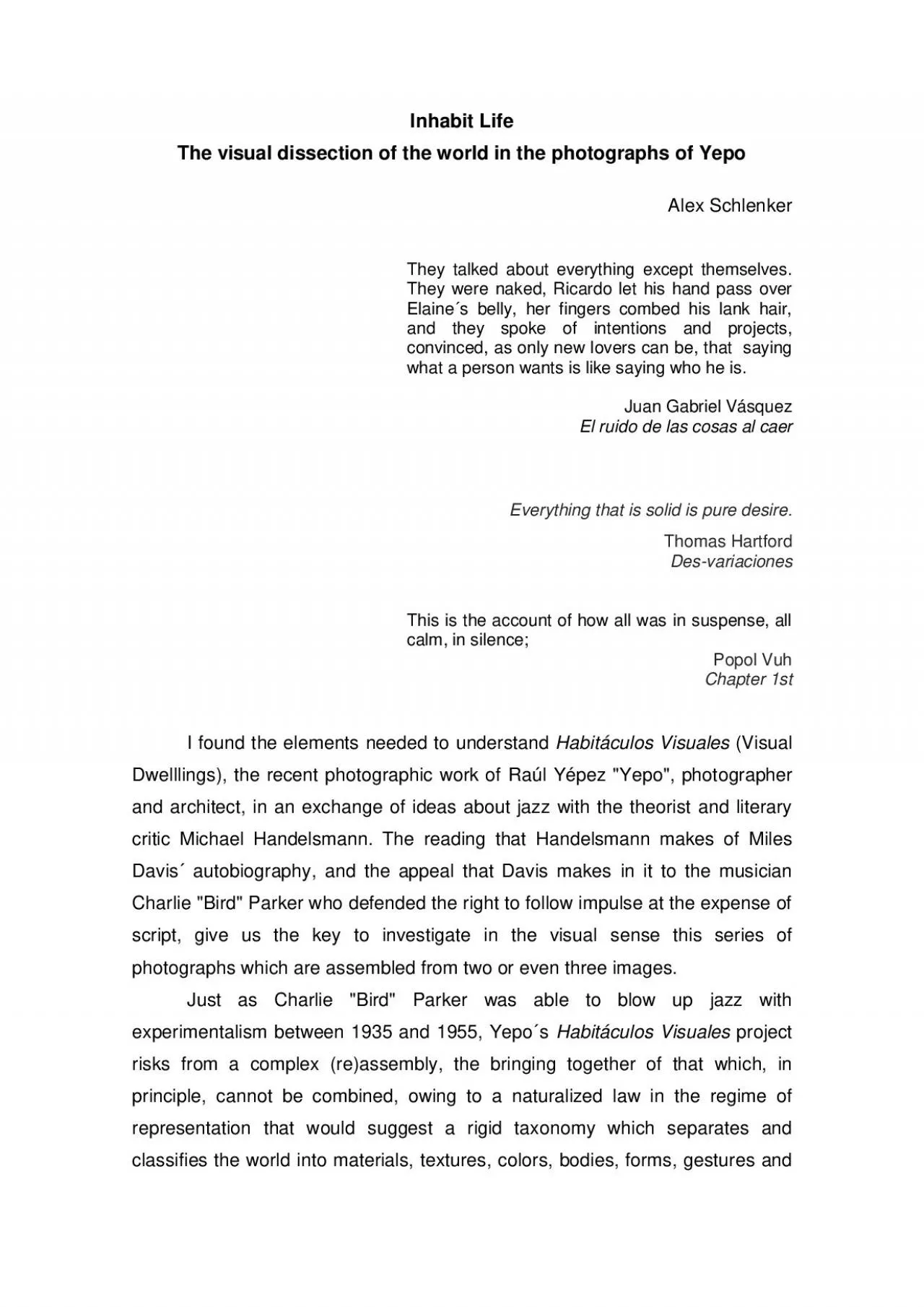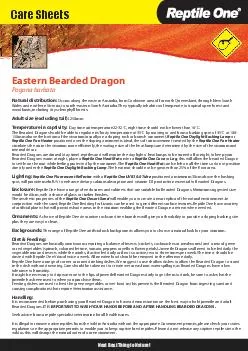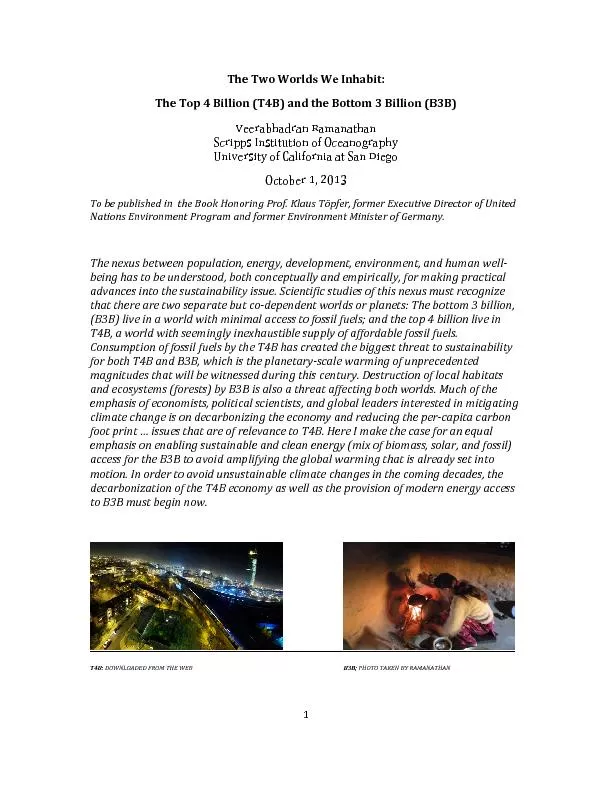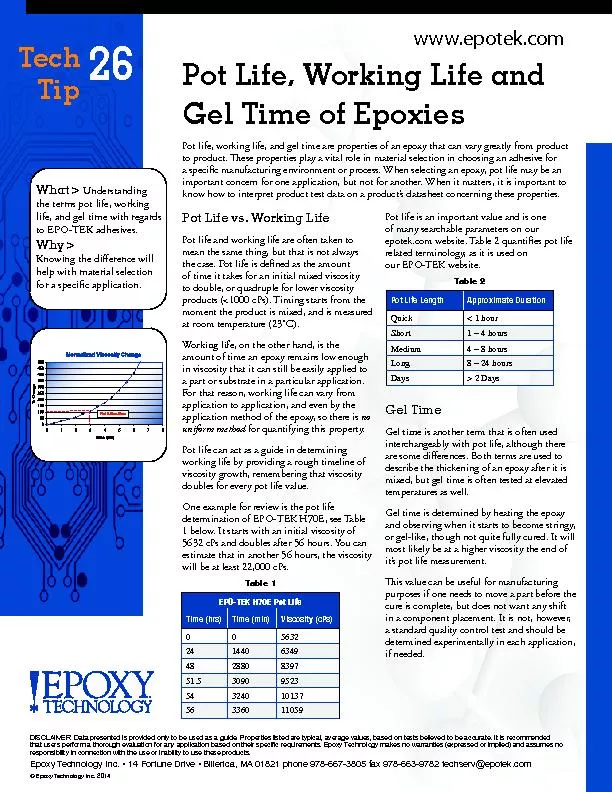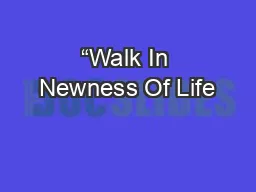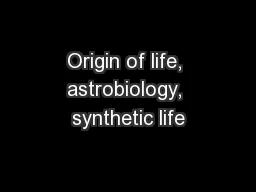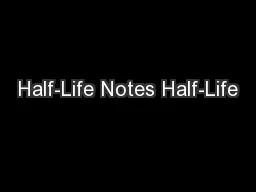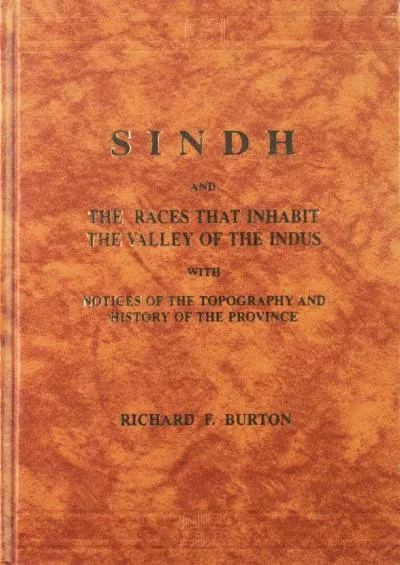PDF-Inhabit Life
Author : della | Published Date : 2021-06-08
The visual dissection of the world in the photographs of Yepo Alex Schlenker They talked about everything except themselves They were naked Ri cardo let his hand
Presentation Embed Code
Download Presentation
Download Presentation The PPT/PDF document "Inhabit Life" is the property of its rightful owner. Permission is granted to download and print the materials on this website for personal, non-commercial use only, and to display it on your personal computer provided you do not modify the materials and that you retain all copyright notices contained in the materials. By downloading content from our website, you accept the terms of this agreement.
Inhabit Life: Transcript
Download Rules Of Document
"Inhabit Life"The content belongs to its owner. You may download and print it for personal use, without modification, and keep all copyright notices. By downloading, you agree to these terms.
Related Documents

